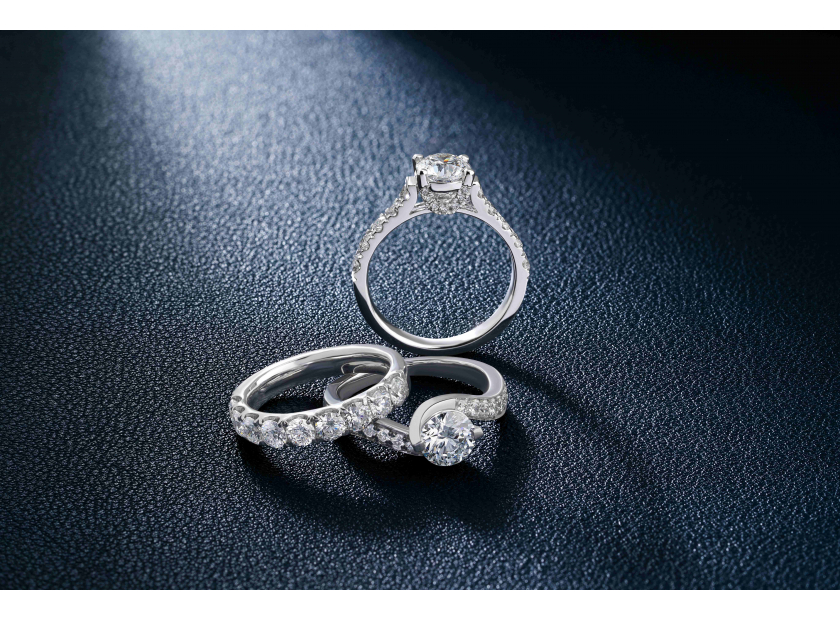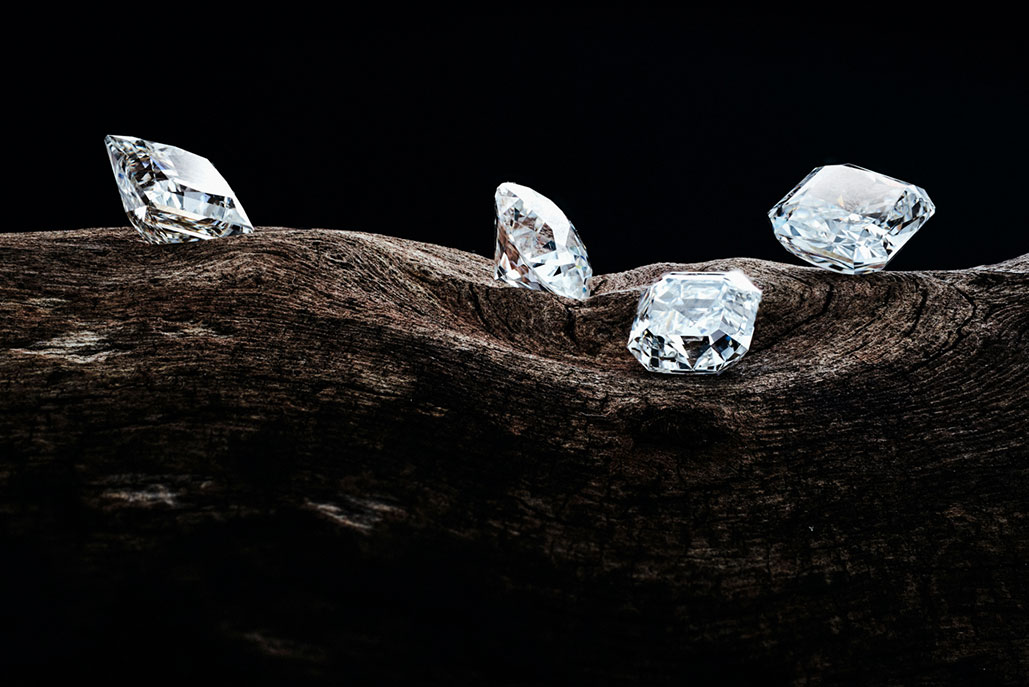When choosing a gemstone for an engagement ring, a piece of fine jewelry, or an heirloom, the debate often boils down to white sapphires vs diamonds. Both gemstones possess unique qualities and characteristics that can make either an exceptional choice. In this article, we delve deep into the differences and similarities between white sapphires and diamonds, helping you make an informed decision based on their distinct features.
Table of Contents
1. Origin and Composition
Diamonds are composed of carbon atoms arranged in a crystal lattice structure, white sapphires vs diamonds, which contributes to their renowned hardness and brilliance. Formed under extreme pressure and heat in the Earth’s mantle, diamonds are brought closer to the surface through volcanic activity.
White sapphires, on the other hand, are a variety of the mineral corundum. These gemstones are composed of aluminum oxide and can occur naturally or be created in a laboratory. While sapphires are typically associated with the color blue, they come in a variety of colors, including the clear, colorless variety known as white sapphires.
2. Hardness and Durability
One of the most critical factors in choosing a gemstone is its hardness and durability.
Diamonds are the hardest known natural material, scoring a perfect 10 on the Mohs scale of hardness. This unrivaled hardness makes them extremely resistant to scratches and abrasions, which is why diamonds are often referred to as “forever” stones.
White sapphires are also incredibly durable, ranking 9 on the Mohs scale. While slightly softer than diamonds, they are still highly resistant to scratching and wear, making them a practical choice for everyday jewelry.
3. Brilliance and Sparkle
The brilliance and sparkle of a gemstone are determined by its ability to reflect and refract light.
Diamonds are famous for their exceptional brilliance and fire, owing to their high refractive index (2.42) and dispersion (0.044). These properties allow diamonds to split light into its spectral colors, creating the dazzling sparkle that is highly coveted in the world of gemstones.
White sapphires have a lower refractive index (1.76 – 1.77) and dispersion (0.018) compared to diamonds. As a result, white sapphires do not exhibit the same level of brilliance and fire. While they can still be quite beautiful, they tend to have a softer, more subdued sparkle.
4. Clarity and Inclusions
Both diamonds and white sapphires can contain inclusions (internal flaws) and blemishes (external flaws), which can affect their clarity and overall appearance.
Diamonds are graded on a clarity scale that ranges from Flawless (no inclusions or blemishes visible under 10x magnification) to Included (inclusions and/or blemishes visible to the naked eye). The presence of inclusions can impact a diamond’s brilliance and value.
White sapphires also have a clarity grading system, though it is less standardized than that of diamonds. Inclusions in sapphires can take the form of feathers, needles, or color zoning. While these inclusions can affect the stone’s transparency and visual appeal, high-quality white sapphires with minimal inclusions are still quite stunning.
5. Color and Rarity
Color is a defining characteristic of gemstones, lab made diamonds, even for those that are traditionally thought of as colorless.
Diamonds can exhibit a range of colors, from completely colorless (the most prized) to various shades of yellow and brown. The Gemological Institute of America (GIA) grades diamonds on a color scale from D (colorless) to Z (light yellow or brown). Colorless diamonds (grades D-F) are the most rare and valuable.
White sapphires are typically colorless but can sometimes display a faint gray or brown tint. High-quality white sapphires with no visible color are less common and, therefore, more desirable. While they do not have the same level of color grading as diamonds, their rarity and purity can influence their value.
6. Cost and Value
The cost and value of gemstones can vary significantly based on their quality, size, and rarity.
Diamonds are generally more expensive than white sapphires. The price of a diamond increases exponentially with its carat weight, color, clarity, and cut quality. Diamonds are also subject to greater market demand and branding, which can drive up their prices.
White sapphires are a more affordable alternative to diamonds. They offer a similar appearance at a fraction of the cost, making them an attractive option for budget-conscious buyers who still desire a beautiful, durable gemstone.







